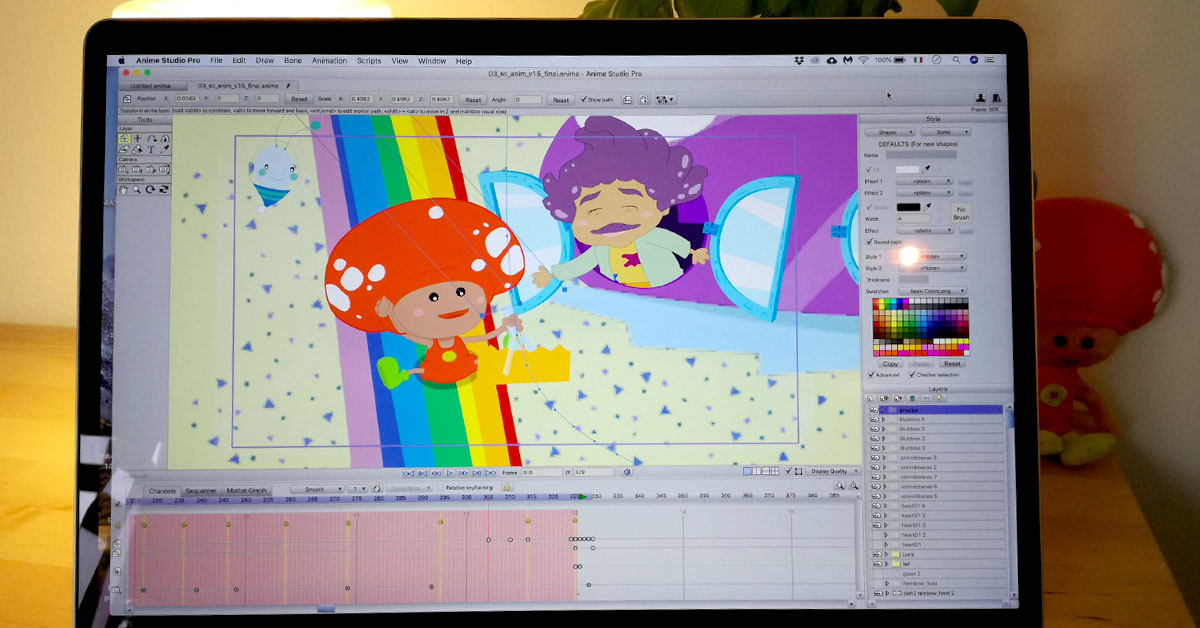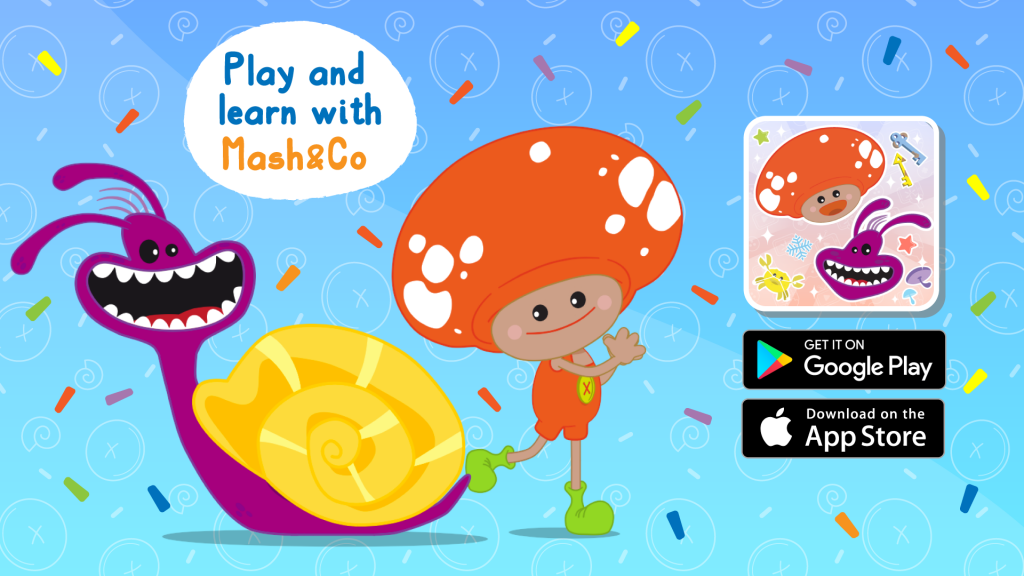Creative works: Making a cartoon – Part 1
In one of our previous article, we talked about the importance of cartoons in children’s lives in which we explained how an animated work can be loaded with many meanings, bringing psychological benefits. However, do you know what do professionals do in the animation world? Let’s find out together.
The 21st-century professions
Today there are new dream jobs, thanks to the internet and the advent of digital transformation. A new range of job opportunities joined the classic dream jobs joining the ones the good veterinarians, doctors, and teachers. Nowadays, we are dealing with a new generation that wants to become YouTubers, bloggers, creators of video games, and cartoons. There is nothing wrong as long as these three fundamental notions remain to pursue their dream job: determination, ambition, and knowledge.
If we spot our kids’ inclinations we can help them to raise the awareness of their capability by supporting them all the way, knowing that we really could help them to understand what might be their dream job.
READ ALSO: Teaching Consciousness To Children
Group work is an essential aspect of creating an animated work. Several professionals, specialized in various artistic disciplines, contribute to the complete creation of a cartoon. The cohesion of work from a professional and personal point of view is vital to the success of a final project, whatever it is.
The phases of creating a cartoon

Generally, there are 4 phases needed for the creation of an animated project. Let’s figure them out.
1. Development is the phase in which we have the idea of the project and the planning and the search for the budget to allocate, a task that is generally up to the producer.
2. The Pre-production is the stage in which stories, characters, backgrounds and cartoon music are created. This phase is fundamental to optimize what will be done during production, i.e., the actual animation phase. Nothing is given to chance. All aspects of the realization are planned in this phase, from the writing of the story to the definition of the scenes to be animated.
3. Production is the moment when we move on to the animation of the scenes. Here come our beloved animators who will give life to the characters and stage the facts of the animated story. Before the advent of digital, the movements of the characters were drawn on a sheet by hand (frame). Today digital animation software has replaced the manual work that once needed to create a frame, speeding up the animation process and giving ample room for experimentation.
4. The post-production is finally the phase in which all the animated scenes are assembled during the editing together with the music, the dialogues, the special effects. Thus the cartoon is completed and then distributed on the various channels.
Making cartoons becomes a real industry in which different components work together to create a product and a final goal.
READ ALSO: Art Improves Our Life
In part 2 we will talk about the professionals that work in the creation of cartoons. Stay tuned for next week.



